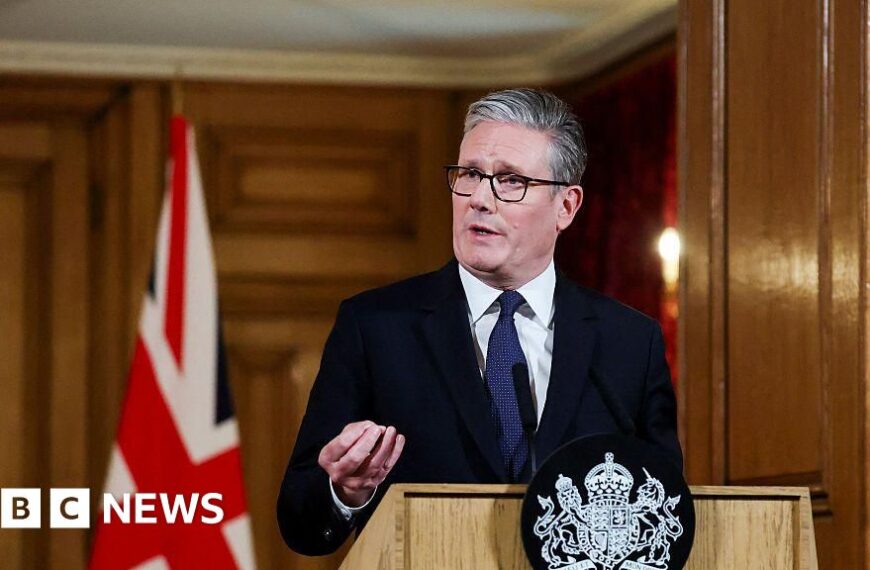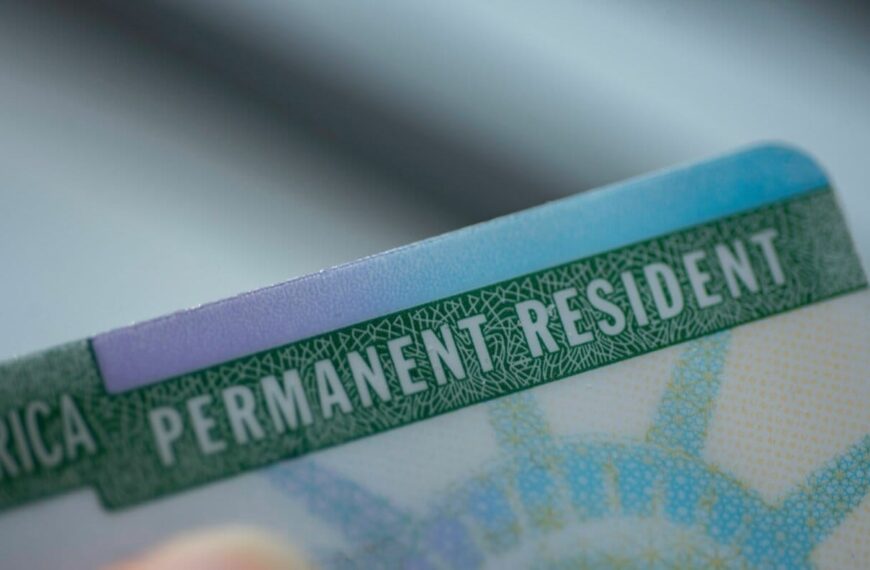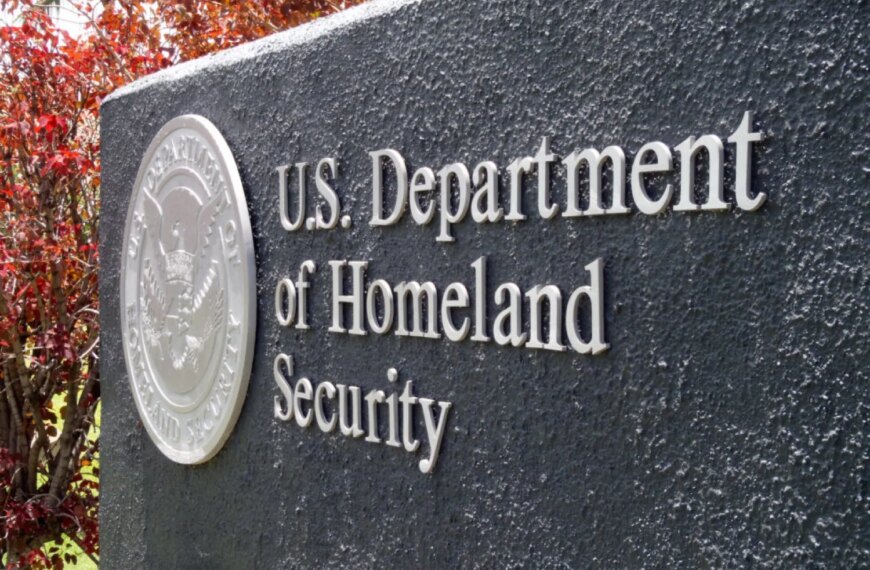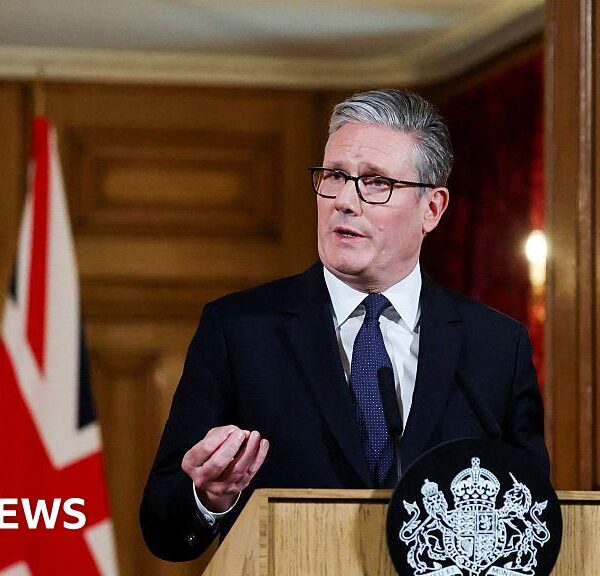Understanding the EU’s Expansion of the Third Safe Country Concept for Immigration Policy
As Europe grapples with ongoing immigration challenges, the European Union (EU) has proposed significant changes to its immigration policy by expanding the application of the third safe country concept. This initiative aims to streamline the immigration process while ensuring the safety and security of those seeking refuge. This blog post delves into the implications of this policy and how it may affect immigration dynamics across the continent.
The Third Safe Country Concept Explained
The third safe country concept allows EU member states to send asylum seekers to countries deemed safe, even if these individuals did not initially enter the EU through those countries. This concept is grounded in the belief that individuals can find adequate protection in these designated nations, thus relieving some pressure on EU borders.
- The concept is designed to deter individuals from making perilous journeys across the Mediterranean.
- It aims to reduce the number of asylum applications in the EU, which have surged in recent years.
- This strategy aligns with the EU’s broader goal of enhancing border security and migration management.
Why is the EU Expanding This Policy?
The expansion of the third safe country concept comes in response to several pressing factors:
- Increased Migrant Arrivals: The EU has witnessed a significant rise in the number of migrants, particularly from conflict-ridden regions such as Syria, Afghanistan, and parts of Africa.
- Pressure on Asylum Systems: Asylum-seeking processes in several EU states have become overwhelmed, leading to delays and inadequate resources for processing applications.
- Political Climate: Rising anti-immigration sentiments in various EU countries have prompted policymakers to seek more stringent immigration controls.
Implications for Asylum Seekers
The expansion of this policy raises critical questions regarding the rights and protections afforded to asylum seekers. Under this new framework, individuals may find themselves sent to countries with varying levels of support and safety, which could lead to a host of challenges:
- Access to Legal Protections: Asylum seekers may face difficulties in accessing legal representation and support in third safe countries.
- Quality of Asylum Processes: The quality of asylum processes in these designated countries may not meet the standards set by the EU, raising concerns about due process.
- Risk of Refoulement: There is a significant risk that individuals may be returned to their home countries, where they could face persecution or harm.
International Reactions and Concerns
The EU’s decision to broaden the third safe country concept has not gone unnoticed. Human rights organizations and international bodies have expressed concern about the potential consequences for vulnerable populations. Critics argue that this approach undermines the very principles of asylum and protection that the EU is meant to uphold.
- Human Rights Implications: There are fears that this policy could lead to human rights violations in third safe countries.
- Political Resistance: Some EU member states may resist the implementation of this policy, particularly those with strong humanitarian traditions.
- Legal Challenges: Legal battles may arise as asylum seekers challenge their deportation to third safe countries.
Future of EU Immigration Policy
The expansion of the third safe country concept is only one aspect of the EU’s evolving immigration policy. As the landscape of migration continues to shift, the EU will need to balance security concerns with humanitarian obligations. This delicate balance will be crucial in shaping the future of immigration in Europe.
- Need for Comprehensive Reform: There is a growing consensus that the EU needs comprehensive immigration reform that addresses the root causes of migration.
- Collaboration with Third Countries: The EU may need to work closely with third countries to ensure adequate protections and resources for asylum seekers.
- Public Perception: EU leaders must also consider public opinion and the potential backlash against immigration policies.
Conclusion
The EU’s decision to expand the third safe country concept represents a significant shift in immigration policy, with far-reaching implications for asylum seekers and the overall immigration landscape in Europe. As this policy unfolds, it will be essential to monitor its impact on vulnerable populations and the ongoing discussions surrounding immigration reform.
As the EU navigates these complex challenges, a balanced approach that prioritizes both security and humanitarian responsibilities will be vital for fostering a more effective and compassionate immigration system. The future of immigration policy in the EU will depend on how effectively it can adapt to changing circumstances while remaining true to its core values of human rights and protection for those in need.










